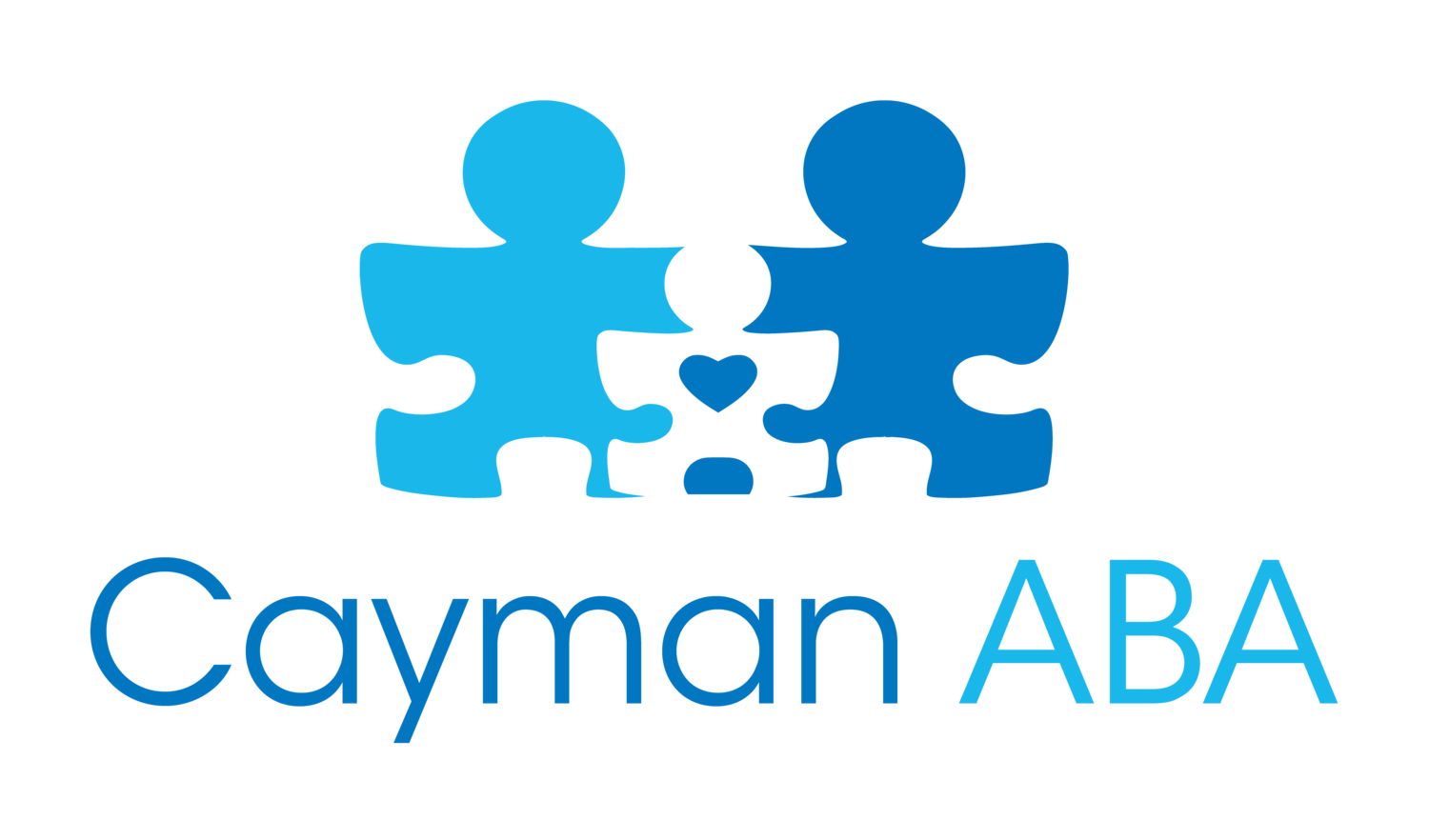Okay, first things first, what is ABA?
ABA stands for Applied Behaviour Analysis, and behaviourists all around the world use its concepts and techniques to improve individual’s quality of life, and promote independence. Whether or not you are a behaviour expert, ABA simply means applying the science of learning and behaviour to solving everyday challenges.
Let's break it down:
Applied: Applying scientific understanding and concepts to typical, everyday life, like learning.
Behaviour: Everything we do – from eating, walking, finishing your homework, to our reflexes and responses – all have an impact on our learning.
Analysis: Examining and understanding data taken on how and why we engage in the behaviours that we do.
All in all, ABA helps us:
Understand why a behaviour occurs
Understand why certain behaviours are learned
Determine what influences or affects behaviour
Shape behaviour and teach new behaviour
So, why do we use ABA?
Those in the ABA field seek to better the lives of others in two ways:
Increase or teach appropriate, healthy behaviours
Decrease inappropriate, harmful behaviours by teaching appropriate replacement behaviours
ABA is a field with many interventions that have been scientifically shown to be effective in shaping and changing behaviour and is very commonly used for individuals with ASD (Autism Spectrum Disorder), sometimes simply called Autism. The concepts and techniques used in ABA therapy can help improve the quality of life of individuals with Autism, as well their family, friends and peers. ABA is also known for promoting independence with its individualized program approach to best suit the strengths and areas of need for each individual.
However, ABA is not just for individuals in the Autism community! ABA can be used for people of all abilities, whether or not there is an Autism diagnosis.
How does ABA relate to my life?
We use it everyday! You have experienced some of the principles that ABA describes in your everyday life, without even knowing it! Here are some examples of 2 of the foundational principles of ABA: reinforcement and punishment.
We use it at SCHOOL
Everyone has been there - you have a test or exam coming up in a subject that you dislike, and it seems more daunting the closer it gets. But, despite not enjoying it, you study your butt off to get it over with. A few days after writing your test, you get your results back: an A! Wow! All that hard work and studying really paid off. This is an example of Positive Reinforcement; I added in studying to my school routine and I was rewarded with an A on my test, I’m definitely going to do that again when the next test comes around!
We use it at HOME
Woohoo, it’s the weekend! You are spending it with family, but you trip and hurt your ankle. Ouch, it hurts! You could ice it, but you try to just sit down and let it rest, because you hate the cold. Resting your ankle doesn’t help and you are ready for weekend fun so when someone suggests putting an ice pack on to help the pain and swelling you agree. After a little while with the ice, it feels much better! This is an example of Negative Reinforcement; I put the ice pack onto my ankle and it relieved the pain I was experiencing, I will do that again the next time it hurts!
We use it at WORK
Within one day at work, you receive around 20 emails a day, and sometimes you don’t have time to read all of them. Today, you received an email from your boss, and the subject was titled: “NEW POLICY, MUST READ TODAY”. You respect your boss, but it’s almost time to go home, so you decide to skip reading the email and go home early. The next day, you go about your typical work routine and stop for lunch at 11:30, as per usual. Your boss approaches you at 11:45, telling you that you are late for the meeting that was set for 11:30. Wait, what? Your boss continues to explain there has been a schedule change outlined in the email sent out yesterday, and lunches will now be taken at 12:30, with daily check-in meetings happening at 11:30. Your boss is not very happy with you, and expresses his disappointment, which makes you feel bad. This is an example of Positive Punishment; my boss used words to express his disappointment, which does not make me feel very good. If I don’t want to feel that way in the future I will probably choose not to leave work early when I still have important emails to read.
We use it in the COMMUNITY
Oh no, you are late for your appointment! You woke up late, ran out the door and sped off to your dentist appointment, but you may have been going a little too fast. A police officer pulls you over and gives you a speeding ticket for $200! It’s the law, you cannot go over the speed limit when driving because it is not safe. Now, you are at a loss of $200 because of your actions. This is an example of Negative Punishment; I did not follow the speed limit so now I lose $200. I really do not want to lose more money so I won’t do that again!
These 4 examples are all ways we incorporate ABA in our everyday life. Depending on the needs of the individual in ABA therapy, we apply these concepts, among others to help them grow and learn in a safe and healthy environment. Additionally, these concepts are used in all aspects of living our daily lives. Think of all the ways you use ABA in your life, it’s more often than you think!
